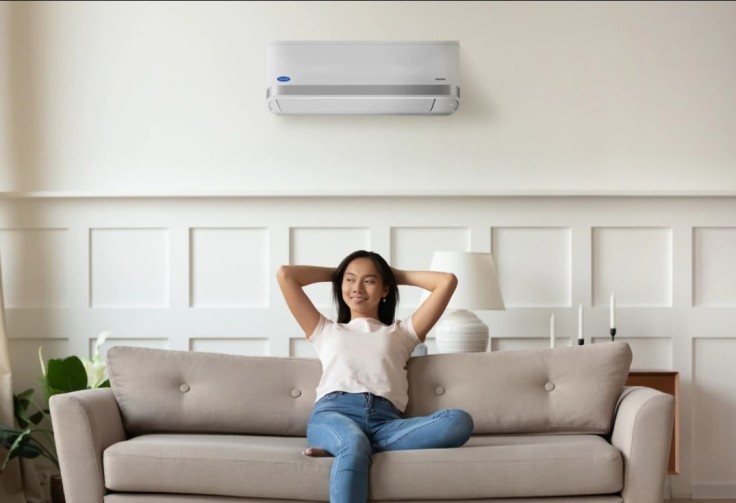
Older air conditioners (ACs) typically had three cooling settings: low, medium, and high, as well as an on/off switch. Technology advancements over time have made it possible for ACs to provide a wider range of cooling options.
Knowing which of the several AC modes would be ideal for you might be complicated and even daunting. Which mode is better-the dry mode or the fan mode? Is it preferable to select the cool mode rather than the auto mode?
To help you make a better choice the next time you turn on your AC, we will discuss the most common AC operation modes in this article.
Automatic Mode
Your AC's fan will only turn on when the room needs to be cooled or heated to the specified temperature when the auto mode is on, according to Luce. For instance, if you set your AC on automatic during the dry summer, it will switch to cooling mode to keep the room at a comfortable temperature.
Cool Mode
Most ACs are said to operate in the cool mode by default. By converting the air into a cold breeze, the unit will bring in a large amount of cooling when this mode is activated. Oasis noted that using this mode causes the AC to heavily rely on the aircon compressor to deliver a quick and better cooling temperature.
Dry Mode
Panasonic pointed out that places that are closer to the sea and tend to experience high humidity levels will benefit the most from this mode. In addition, this is useful on days with high air humidity, such as during the monsoon season. Excess humidity in the air can be removed by operating your AC in dry mode.
For locations with high humidity, this is a smart energy-saving option because the fan runs slowly and the compressor runs for shorter periods of time. However, because the compressor isn't running, this setting prevents the AC from producing a lot of cool air, but it does help reduce air humidity, making the room more comfortable.
Fan Mode
The compressor is turned off and only the fan operates in this mode. Although this mode will be the most energy-efficient because the compressor is inactive, the drawback is that there is no cooling that would take place inside the room. Panasonic pointed out that a compressor is the component of an AC that requires the biggest amount of electricity to cool indoors.
There are many more AC modes, depending on your unit. Some AC units even have energy saver mode, quick cool mode, quiet mode, and heat mode. However, we only discussed the most common AC modes that almost all ACs today have.
While choosing the best mode for you will help you save energy, the temperature you choose for your AC will have a significant impact on your electricity costs.









